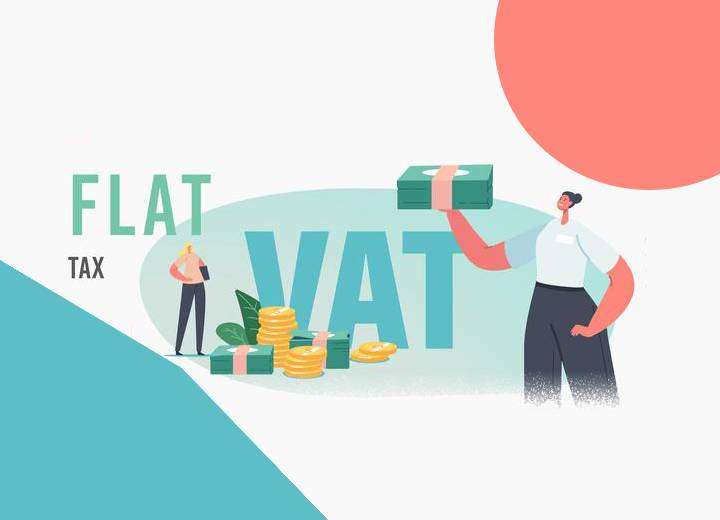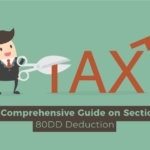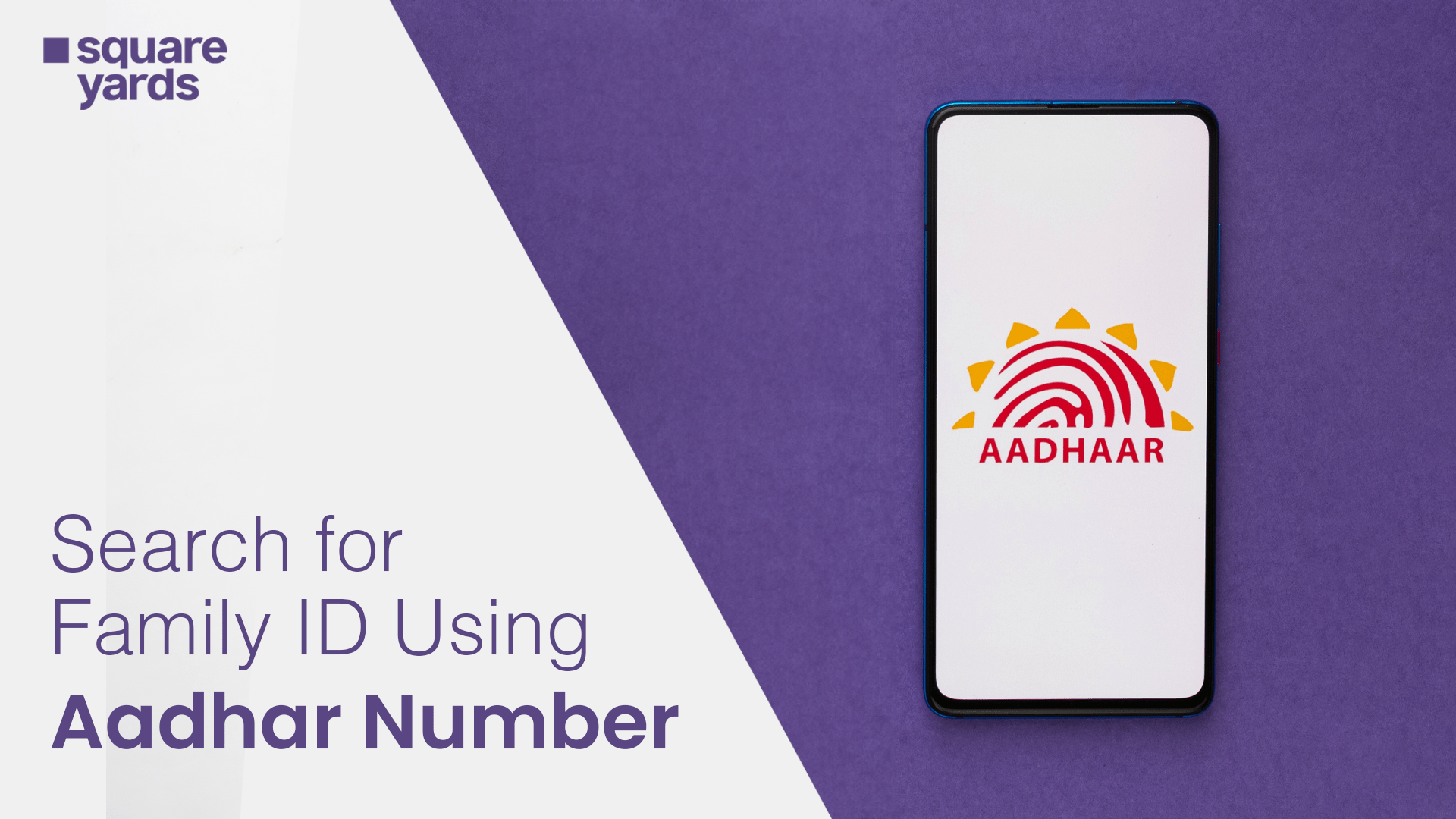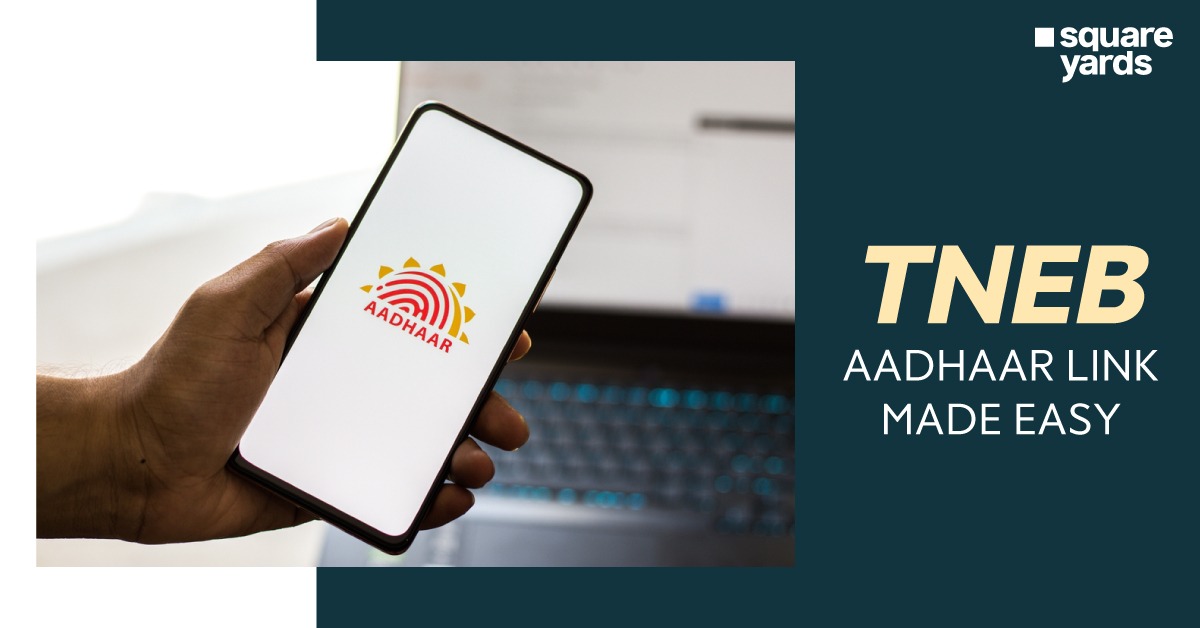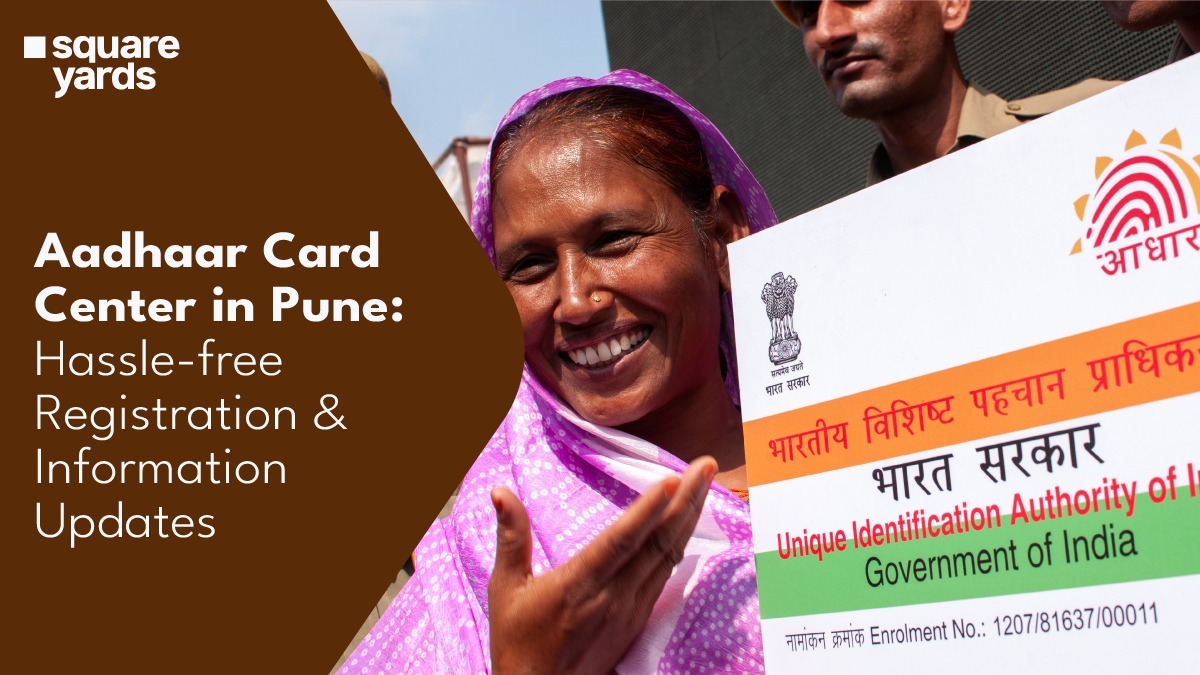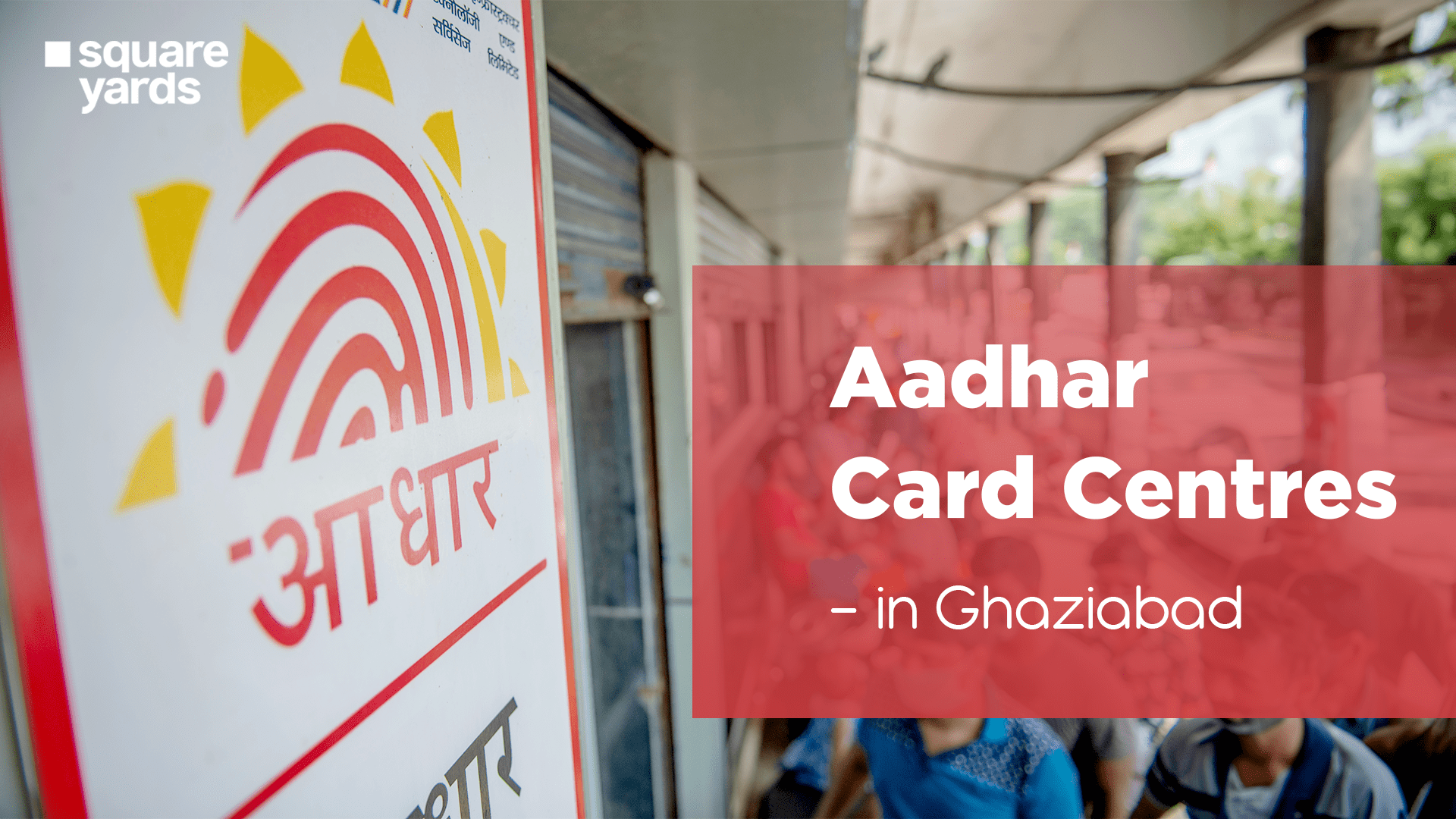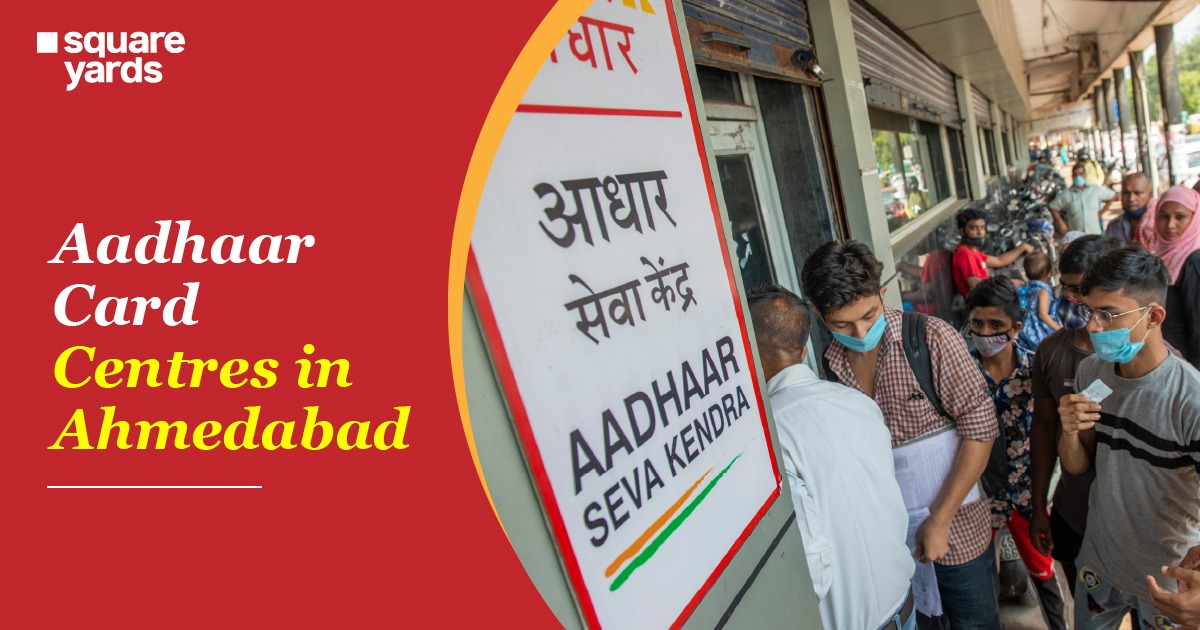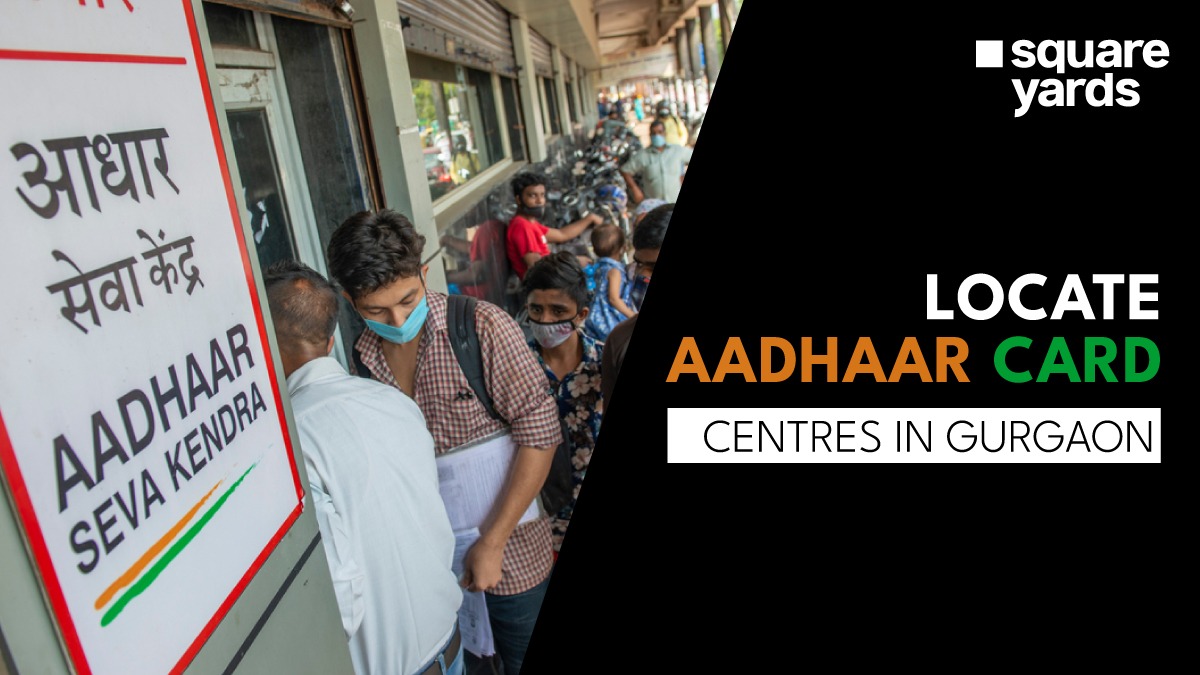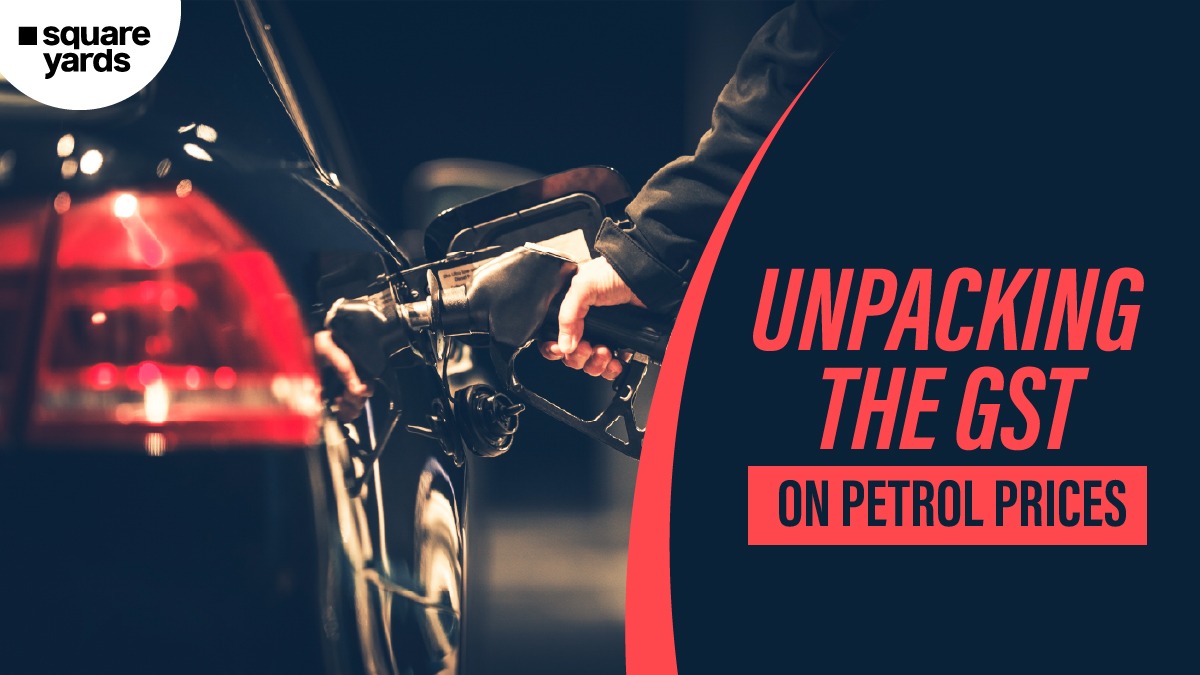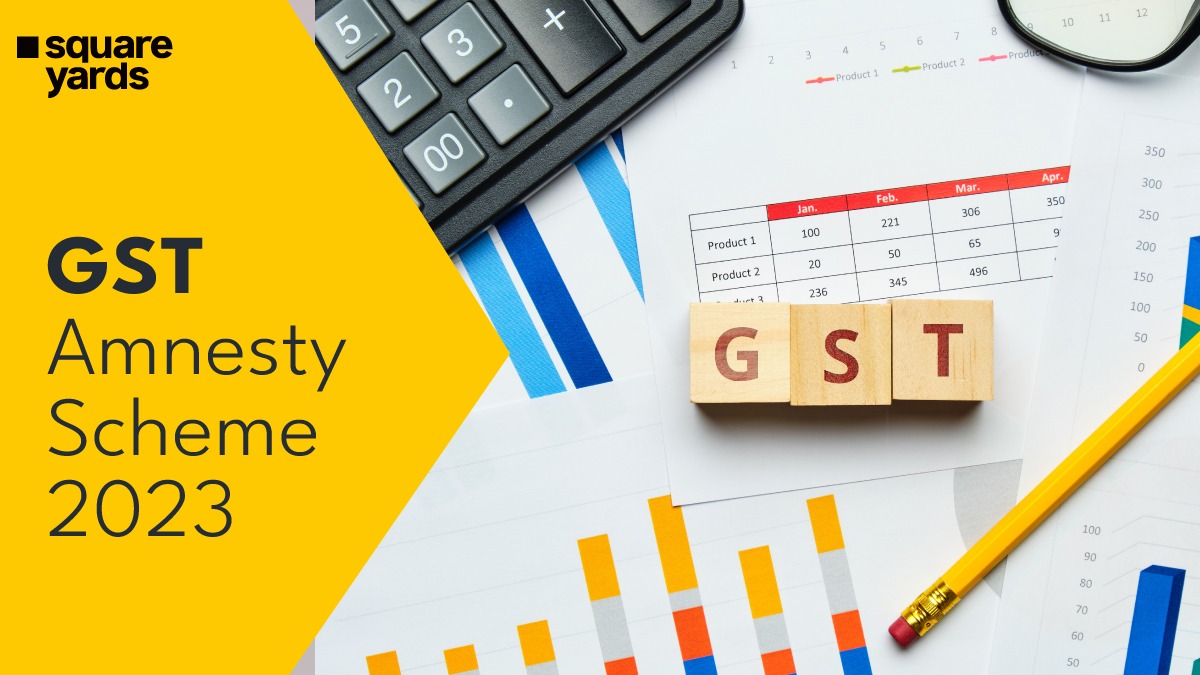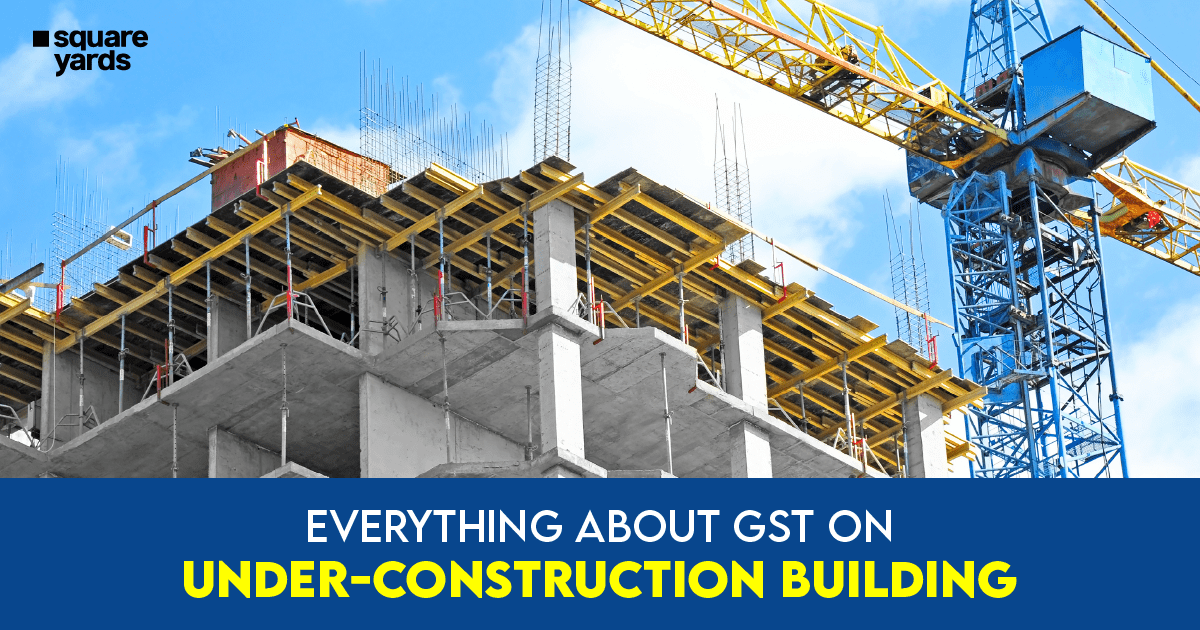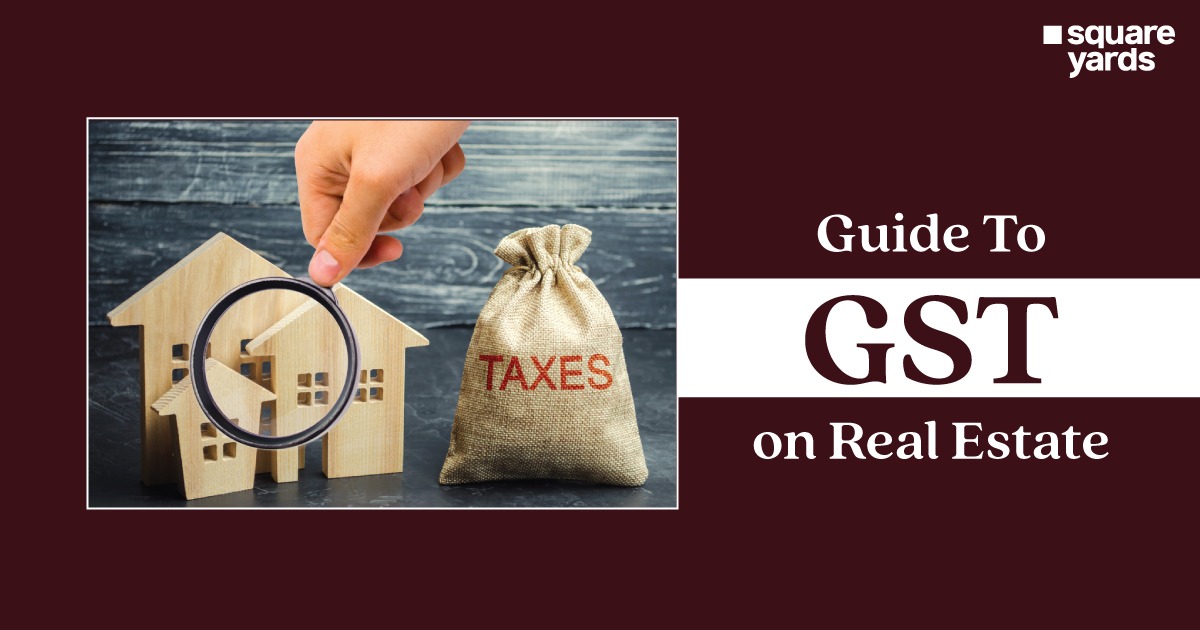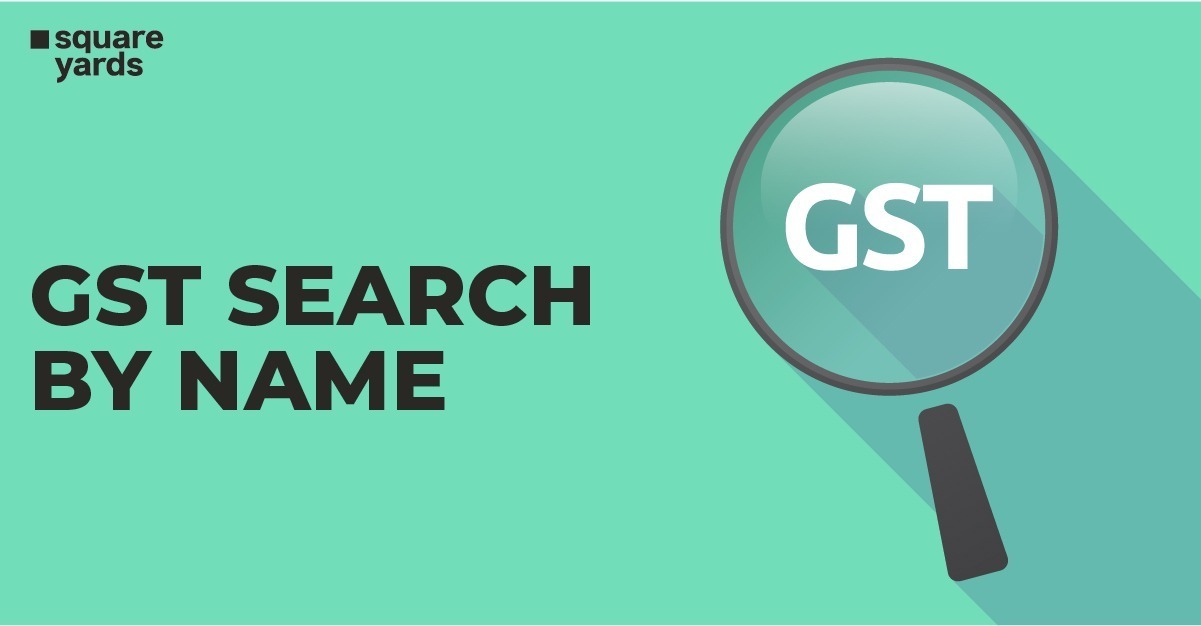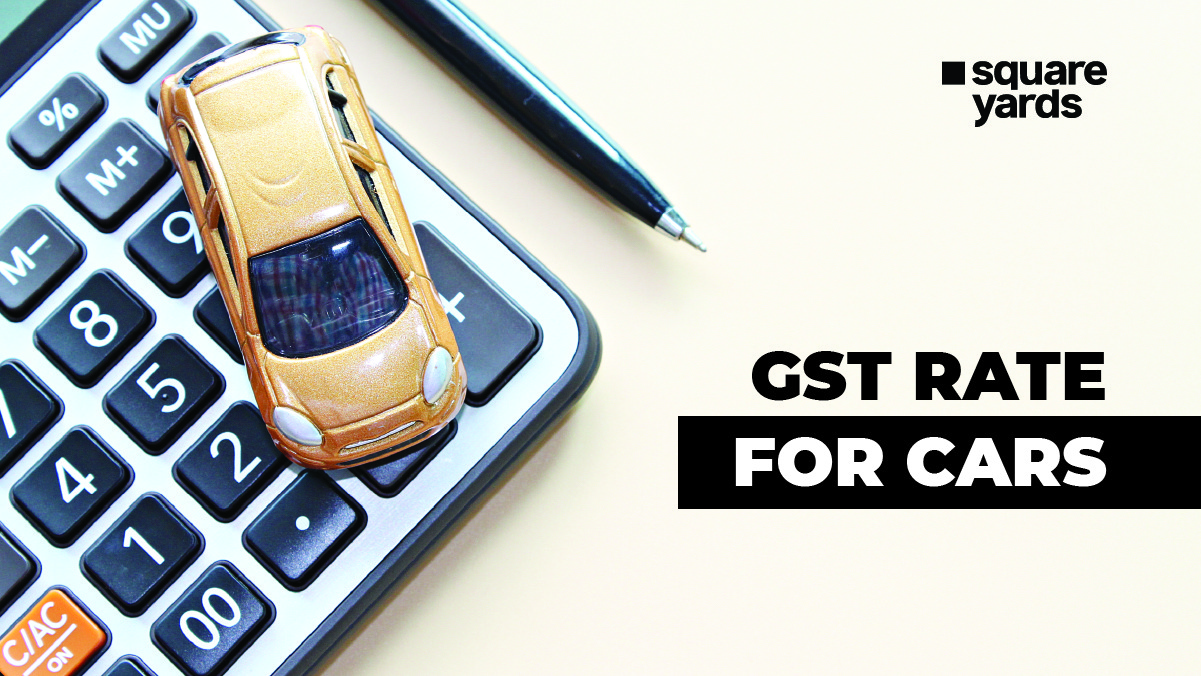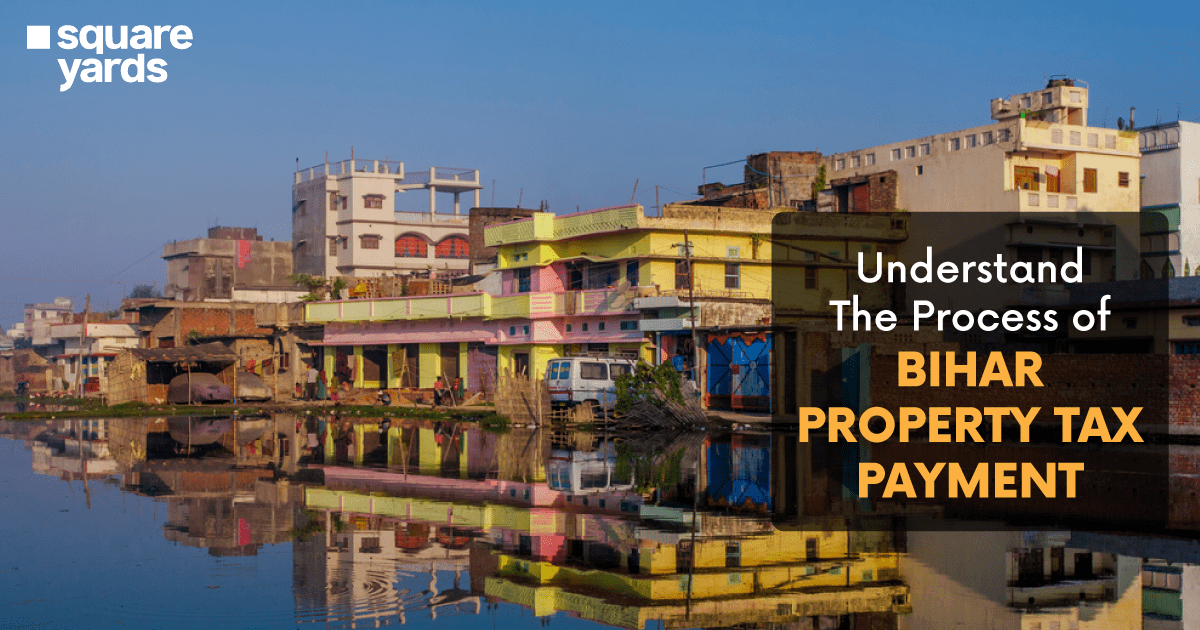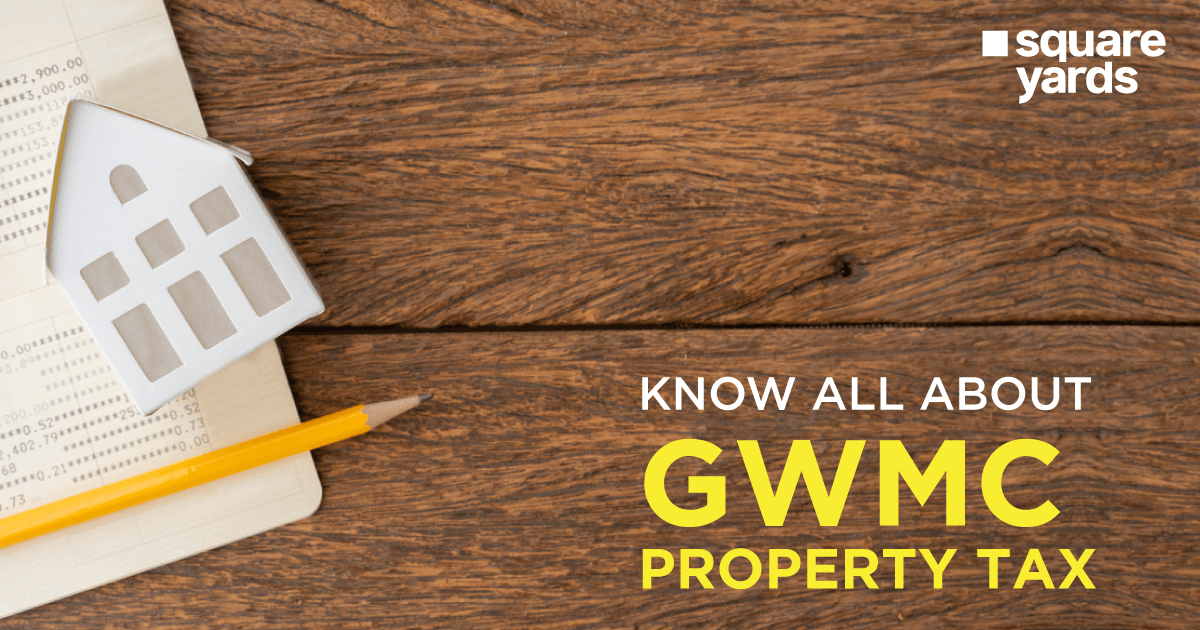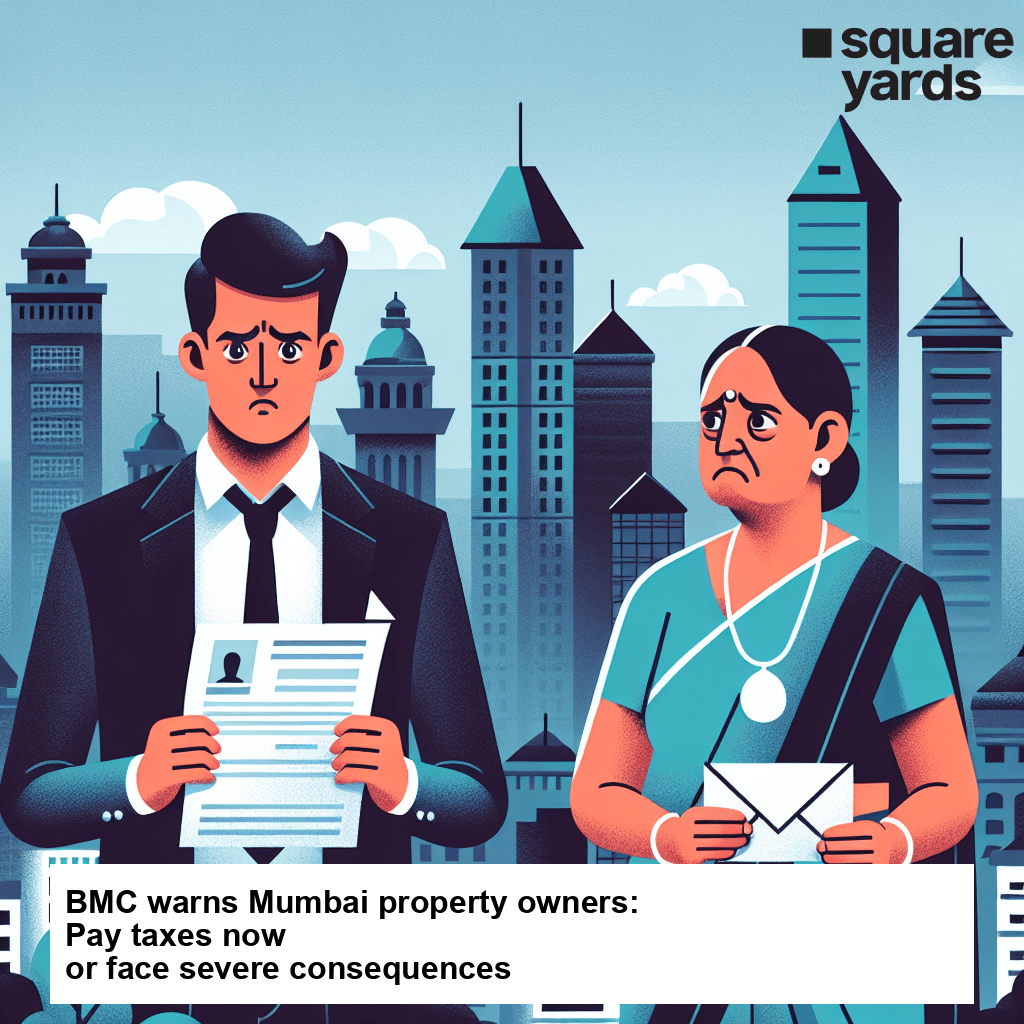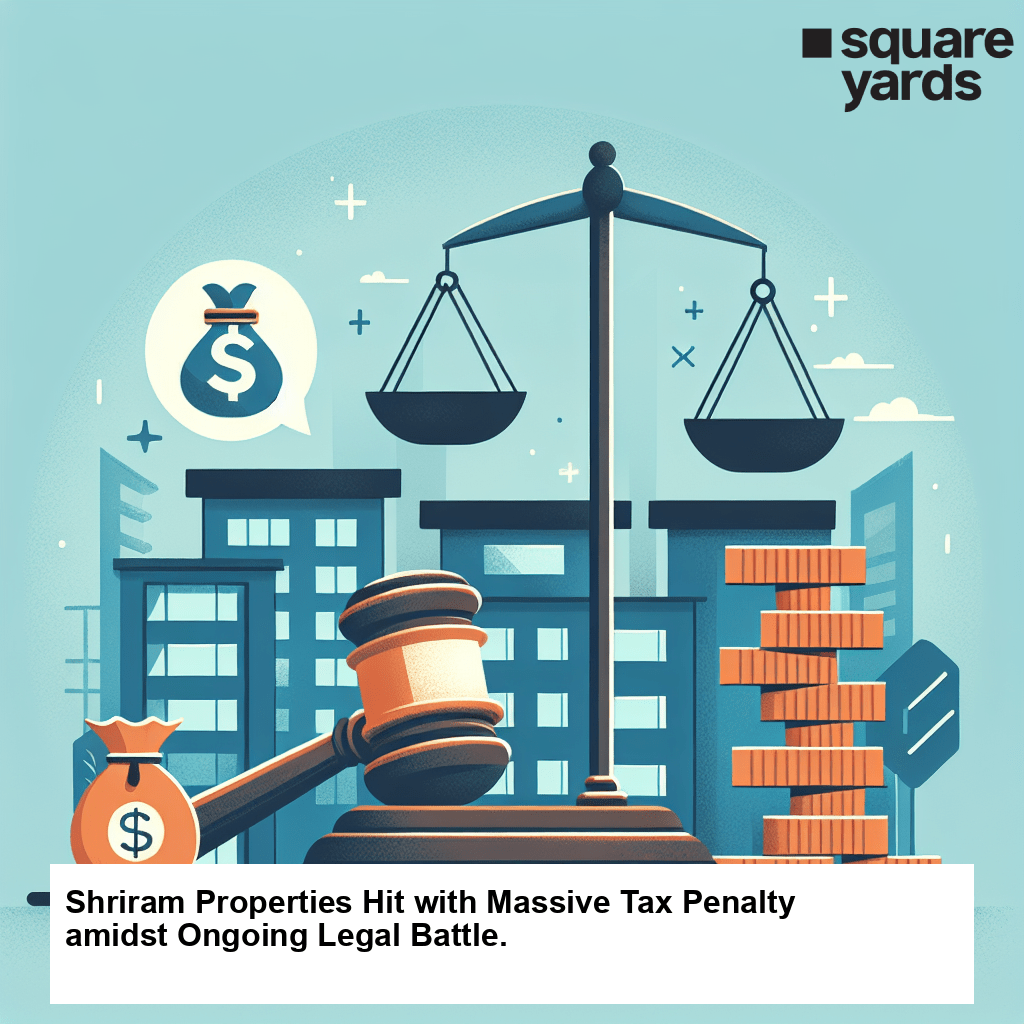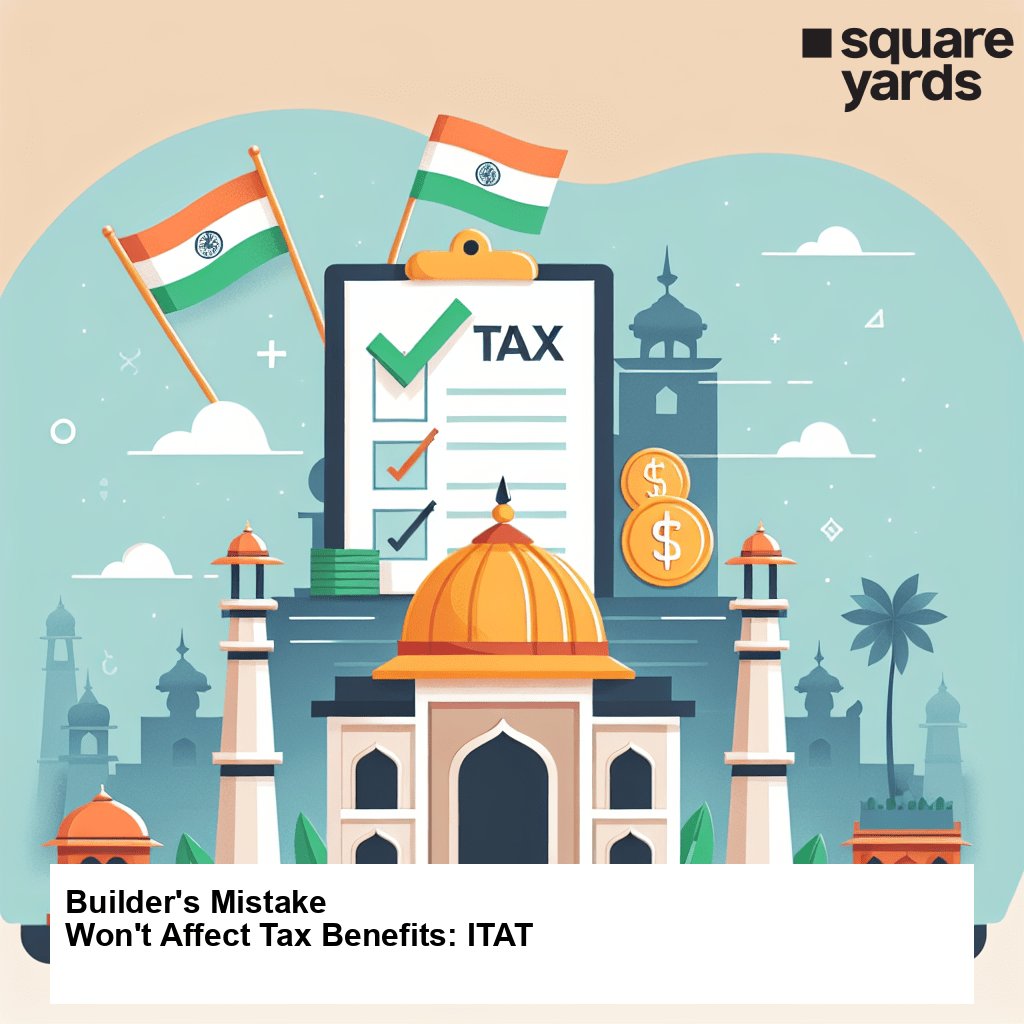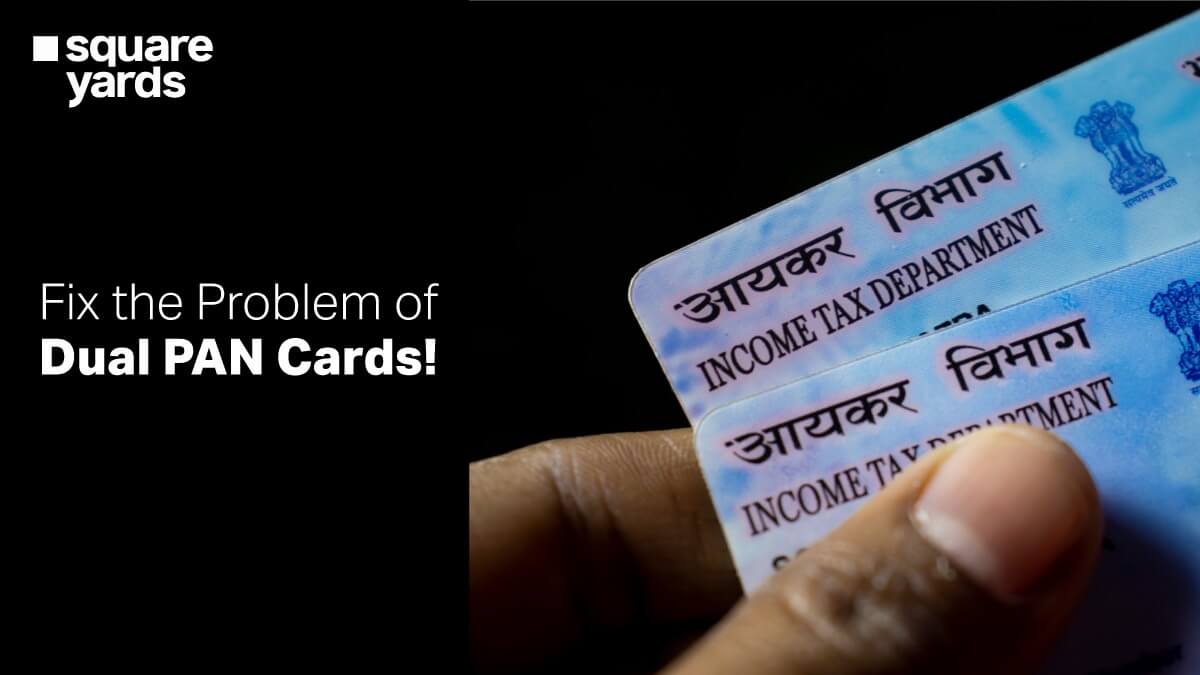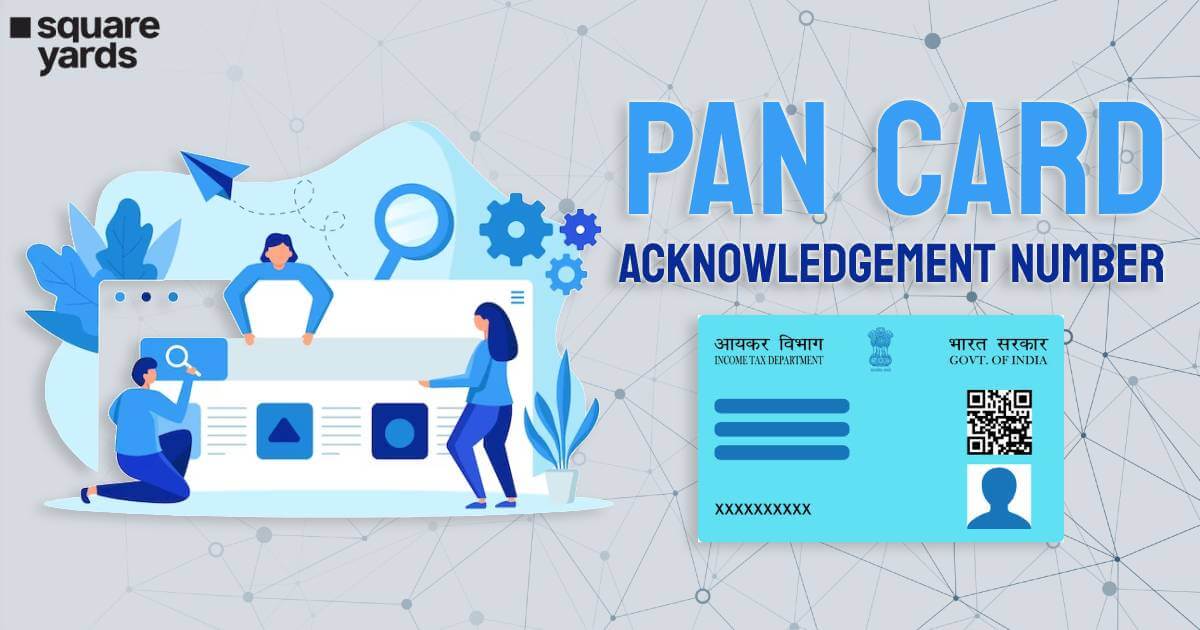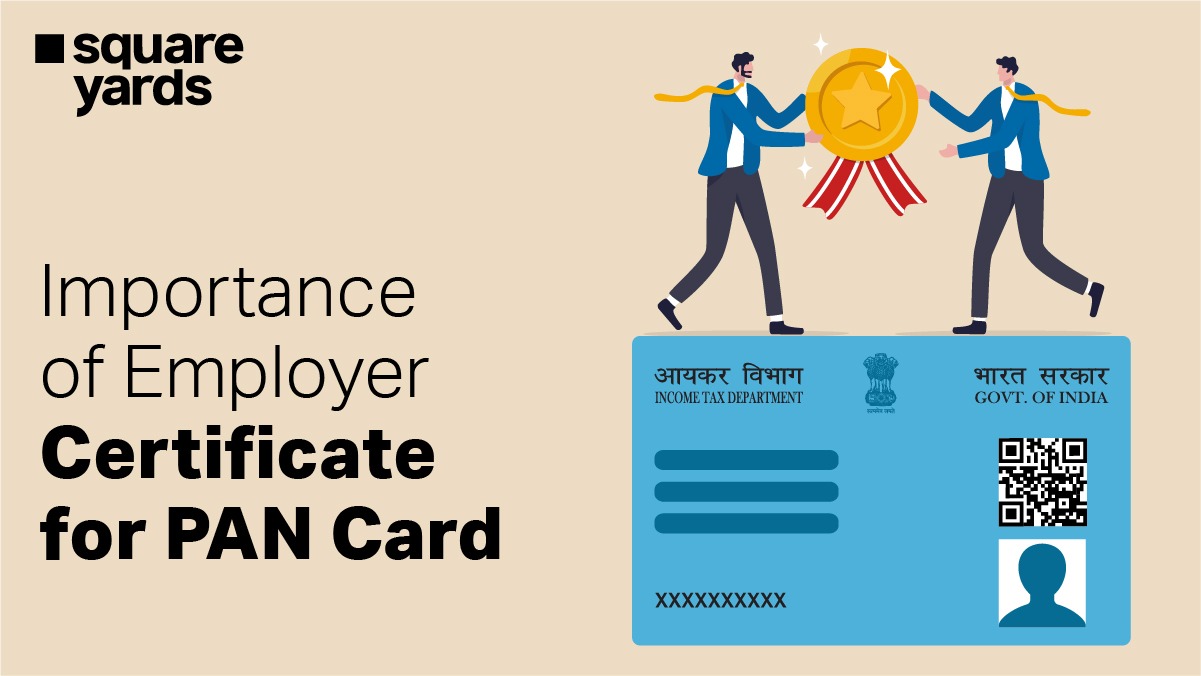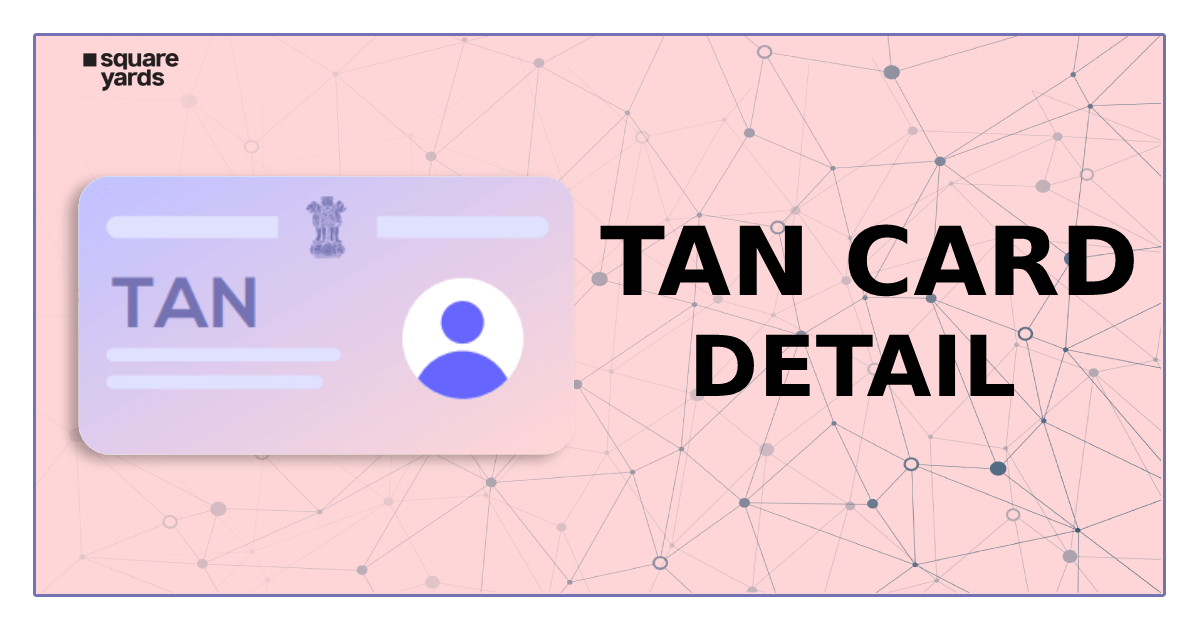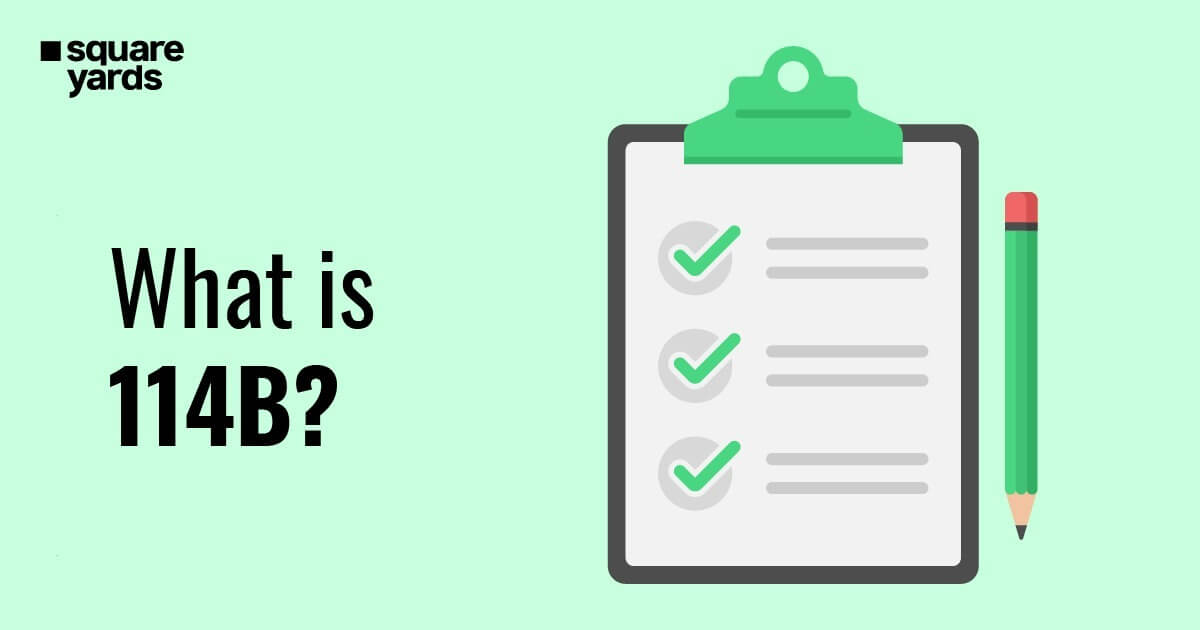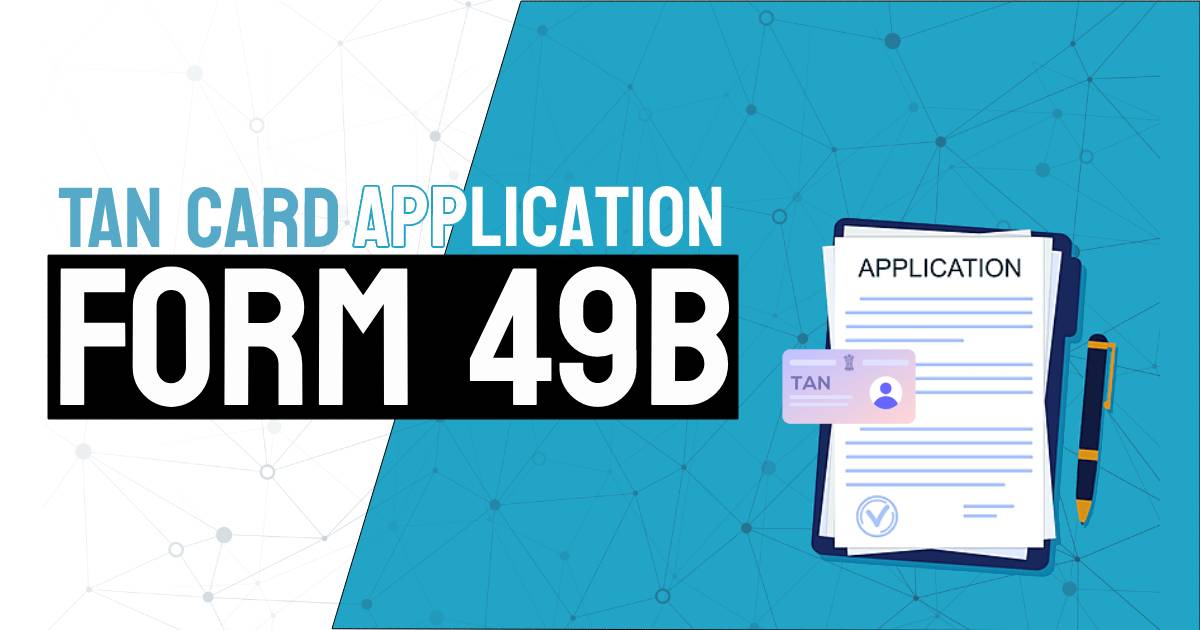VAT or Value Added Tax is an indirect tax that is levied at every stage of the supply chain. Before we proceed any further with the concept of VAT, won’t you like to know- why India needed such a taxation system?
If you know the answer, then Kudos!
If you don’t, fret not! That’s why we are here.
Earlier, tax evasion and fraud became a daily routine by big enterprises and businessmen as they found some loopholes in the previous tax system. With the inception of VAT, the country witnessed a huge fall in fraud and tax evasion.
Before 2017, this taxation system was quite popular in India. It was highly beneficial in reducing the risk of tax evasion. Furthermore, it offered transparency and uniformity in the system that changed the face of the tax system completely.
To know how the system works and about the VAT tax in India, continue reading.
What is Value Added Tax (VAT)?
VAT or Value Added Tax is a tax imposed on goods and services at each stage of manufacture, distribution, and sale to the end consumer.
Producers pay this tax to the government although the actual tax is paid by the consumers or end-users who purchase the goods or services. VAT is significant for the Gross Domestic Product (GDP) of the country.
However, in India, we now pay Goods and Services Tax (GST) which is an amalgamation of both VAT and service taxes. GST in India was implemented in January 2017. Prior to this, Value-Added Tax was in use.
Why is VAT Required and How is It Beneficial?
VAT was needed because the case of tax evasion and exploitation by organizations and businessmen was increasing rapidly and something had to be done about it. Therefore, as a tool to put a stop to them, the government of India introduced VAT. Moreover, it didn’t allow any kind of tax exemption. The biggest benefit of VAT was that it was helpful in solving the issues of fiscal deficit.
Did you know?
India was among the last few nations to incorporate VAT as a form of indirect tax.
Earlier, the taxation process in the country was hugely exploited by enterprises and businessmen. The process had ambiguities and hence, the enterprises and businessmen used it to evade taxes.
Considering the situation to be fatal, the government of India introduced VAT and ensured it mitigates tax evasion, delivers uniformity and transparency to the tax payment process.
Value Added Tax is imposed at various levels of the manufacturing of goods and services and lies under the purview of different state governments. Due to this, the VAT rate differs slightly from one state to another.
The VAT system doesn’t allow any kind of exemption. Besides, the tax levied at all the stages of production guarantees better compliance and fewer loopholes to be exploited.
VAT can serve as a crucial instrument for the tax consolidation of the country. Moreover, it can be highly beneficial towards solving the issues of fiscal deficit to an extent.
Since this taxation system has a global acceptance, it can prove useful for the country to integrate better global trade practices.
How Does VAT (Value Added Tax) Work?
The working of VAT is pretty easy to comprehend. It uses a flat tax rate that adds up at every stage of the production of goods and services as an extra fee. If the VAT rate of the country is 10%, then the government will get 10% of every transaction made in the distribution chain, from the exchange of raw items to the end sale.
Although VAT is paid at each level, every subsequent taxpayer gets to reimburse part of the previous taxpayer’s load. As a result, the entire economic burden of the complete transaction falls upon the end consumer.
Now, you might feel that it’s not fair for the end consumer, right? Well, yes, it is somewhat not fair but the system is really effective at various other levels. Moreover, it helps in promoting the GDP of the country.
Additionally, for every transaction made, the system offers documentation which makes it easy for every person liable for their amount of VAT in the supply chain. This motivates producers as well as wholesalers to abide by the tax law.
Features of VAT in India
Taxes are surely a nightmare for many, but they do help in boosting an economy’s growth. Besides that, it has some amazing characteristics as follows:
- The tax is imposed at each stage of the supply chain and so, the taxation process becomes easier, more transparent, and efficient.
- Equal taxes will be applied on similar goods and services. Therefore, a similar refrigerator from different brands will have the same tax rate.
- VAT mitigates the risk of tax evasion and fosters compliance.
- Facilitates transparency in the sale of products and services at the lowest level.
Calculation of Value Added Tax (VAT)
The formula to calculate VAT is as follows:
VAT = Output Tax – Input Tax
For instance,
Suppose a dealer buys items worth ₹ 150 and pays a 10% VAT i.e. ₹ 15 on the same. Later, you purchase the same item at ₹ 200 from the dealer and he/she asks you to pay 10% VAT i.e. ₹ 20 on the item purchased.
In this case, the output tax would be ₹ 20 while the input tax would be ₹ 15. According to the formula,
VAT = Output Tax – Input Tax
Here, VAT = 20 -15 = ₹ 5.
Hence, the actual VAT on the item is ₹ 5.
VAT Examples
Unlike GST, VAT is an indirect tax that adds up in increments at every point of the supply chain. One can calculate VAT by applying the VAT rate to every transaction or by considering the Value Added Tax at the latest production stage and subtracting the earlier one.
Here’s an example of how Value Added Tax works:
Case 1: Manufacturer buying raw goods
Suppose a baker buys raw materials from a grocery seller for ₹1000 at a 10% tax rate. Therefore, the end price that the baker will pay is ₹ 1100- ₹ 1000 for the materials such as sugar, flour, etc, and ₹ 100 for the VAT. The seller will keep ₹ 1000 and pay the additional ₹ 100 as a VAT to the government.
Case 2: Retailer buying the product from the manufacturer
The baker bakes the cookies, cakes, etc. from the raw products he/she received and sells them to a retailer for a base price of ₹ 2000. The VAT applied on the items would be 10%. Thus, the retailer will ₹ 200 more. This means that the retailer will pay a total of ₹ 2200. Now, out of 2200, the manufacturer will keep ₹ 2000 for himself and pay ₹ 200 as a VAT to the government.
Case 3: Consumer buys the product from the retailer
The retailer now sells the baked items to the consumer for ₹ 4000. The VAT applied on these items would be ₹ 400 i.e. 10% of the total cost. Hence, the consumer will pay a total of ₹ 4400. Now, out of ₹ 400, the retailer will pay ₹ 200 to the government as a VAT and will keep another ₹ 200 to reimburse himself for the VAT paid.
Conclusion: The final consumer pays the total VAT on the entire items
As it’s clear from the above discussion, the end consumer will pay a total of ₹ 4400- which is the price of baked goods and the ₹ 400 as the VAT at the point of sale. As a result, the consumer is responsible for paying the entire tax burden. Besides, the amount paid at each part of the production stage will be regained through tax credits.
VAT Registration
If an enterprise had a turnover of more than ₹ 10 lakh, it was mandatory for it to obtain VAT registration. Every enterprise had to register in its respective states of operation. Also, without registering for VAT, the establishment could not pay VAT.
When the authority had approved the VAT registration, the trader would be provided with a unique 11-digit registration number. The trader used this number at the time of filing VAT and every other communication related to the VAT.
Document Requirements of VAT Registration
Here’s a list of the required documents that the traders had to submit during VAT registration:
- Identity proof of promoters
- PAN card copy
- Address proof of business
- Any surety or additional security deposit
Pros and Cons of VAT
Just as every coin has two faces, VAT was a boon and a bane. At some point, it was beneficial to all while at others, it also had a few limitations. Let us find out what they were.
Pros of VAT
Until now, you must have got a clear understanding of why Value Added Tax was required. To sum it up, let’s have a look at the list of advantages of VAT:
- Since VAT is known as consumption tax, it will generate constant revenue.
- VAT is comparatively easy to manage than other indirect taxes.
- Since the value-added tax is a neutral tax, it can be levied on all types of businesses.
- The catch-up effect of VAT helps in minimizing the avoidance.
- Because of the low tax rate through VAT, a huge amount of revenue generation is possible.
- Consumers might have a small burden as the VAT collection is carried out in small installments.
Cons of VAT
Tax is something that nobody likes to pay willingly. It is surely one of the cons but that’s for every other tax, right?
Let’s glance through the disadvantages of VAT:
- Since the value-added tax was established on a full billing system, the enactment of VAT could have been pricey.
- VAT is calculated at every stage of the purchase process which isn’t everybody’s cup of tea. Hence, it could have been difficult to comprehend.
- It’s obligatory to maintain each sale and purchase record. Ultimately, this would increase the compliance costs.
- It had a regressive nature. Hence, it would impact the lives of poor people more than the wealthy ones as they spend more proportion of their salary.
- If the consumers weren’t aware of the VAT implementation, they would be victims of paying more tax on fake invoices.
Frequently Asked Questions (FAQs)
How is VAT collected?
Every seller charges their customers to pay Value-Added Tax on the transactions done. Later, they pay this fine to the government when they file a VAT return.
When should we register for VAT?
Every dealer whose annual turnover exceeds Rs 10 lakh had to register for VAT. However now, the dealer has to register for GST as it has replaced VAT and all the indirect taxes.
How often do we need to submit a VAT return?
It completely depends on the country where you reside. In India, you can choose to submit the return on a quarterly basis or yearly basis. While in some countries, people have to file VAT returns every month.
Do I need to pay a fine if I missed the VAT return filing and made some delay?
Yes, the tax authorities will issue a penalty and interest charges for both late payments and late submission of the VAT return, including backdated VAT returns. The amount of fine differs for tax authorities in every state and each tax.


